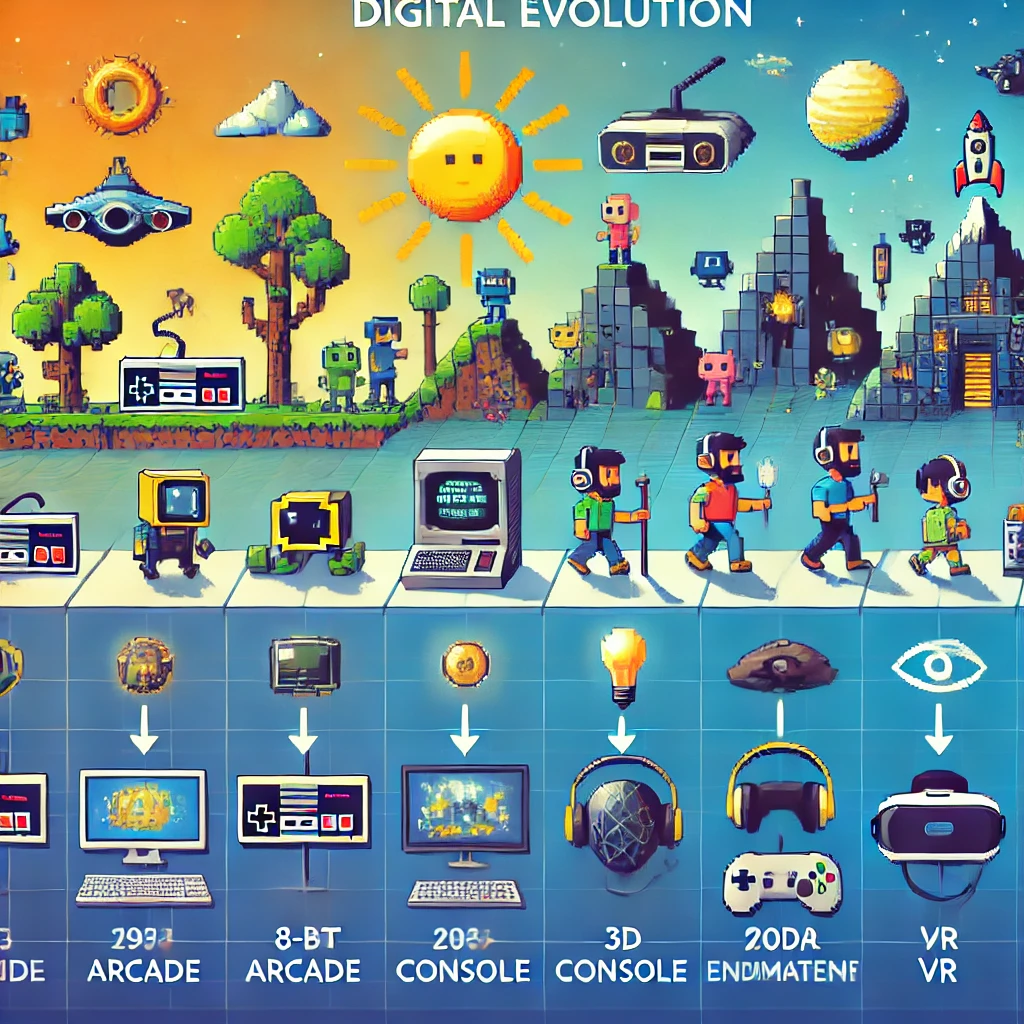RNG—short for Random Number Generator—is one of the most important and least understood systems in gaming. From loot drops to hit chances and procedural world generation, RNG governs how unpredictable and replayable a game feels. But what exactly is RNG, and how does it really work?
What Is RNG?
In technical terms, RNG is a mathematical function designed to produce sequences of numbers that lack any discernible pattern. While it feels random to players, most RNG systems in games are not truly random. Instead, they use pseudo-random number generators (PRNGs), which are deterministic algorithms that rely on an initial seed value.
Each time a game needs to make a decision—like whether a rare item drops from a defeated enemy—it calls on the RNG to generate a number. That number is compared against a predefined probability threshold, like “5% chance,” and determines whether the event happens.
Where You’ll Encounter RNG
- Combat Mechanics: Critical hits, misses, and dodge chances often use RNG.
- Loot Systems: Opening a chest or completing a quest might trigger an RNG roll to determine rewards.
- Procedural Generation: In games like roguelikes, map layouts, item placements, and enemy positions are all RNG-driven.
- Card Draws: Games with decks simulate randomness through digital shuffling.
The Impact of RNG on Gameplay
RNG adds replayability, excitement, and tension. It keeps experiences fresh, challenges players to adapt, and introduces luck into otherwise skill-based systems.
However, excessive reliance on RNG can frustrate players if outcomes feel unfair. This is why many modern games implement “pity timers”, drop rate boosters, or RNG smoothing to maintain balance.
Can Players Influence RNG?
In some cases, yes. For example:
- Saving and reloading to “reroll” outcomes
- Equipping items or buffs that increase odds
- Understanding internal timers or probability thresholds
Ultimately, RNG isn’t there to punish or reward—it’s there to keep the game world dynamic, unexpected, and alive.



Leave a Reply